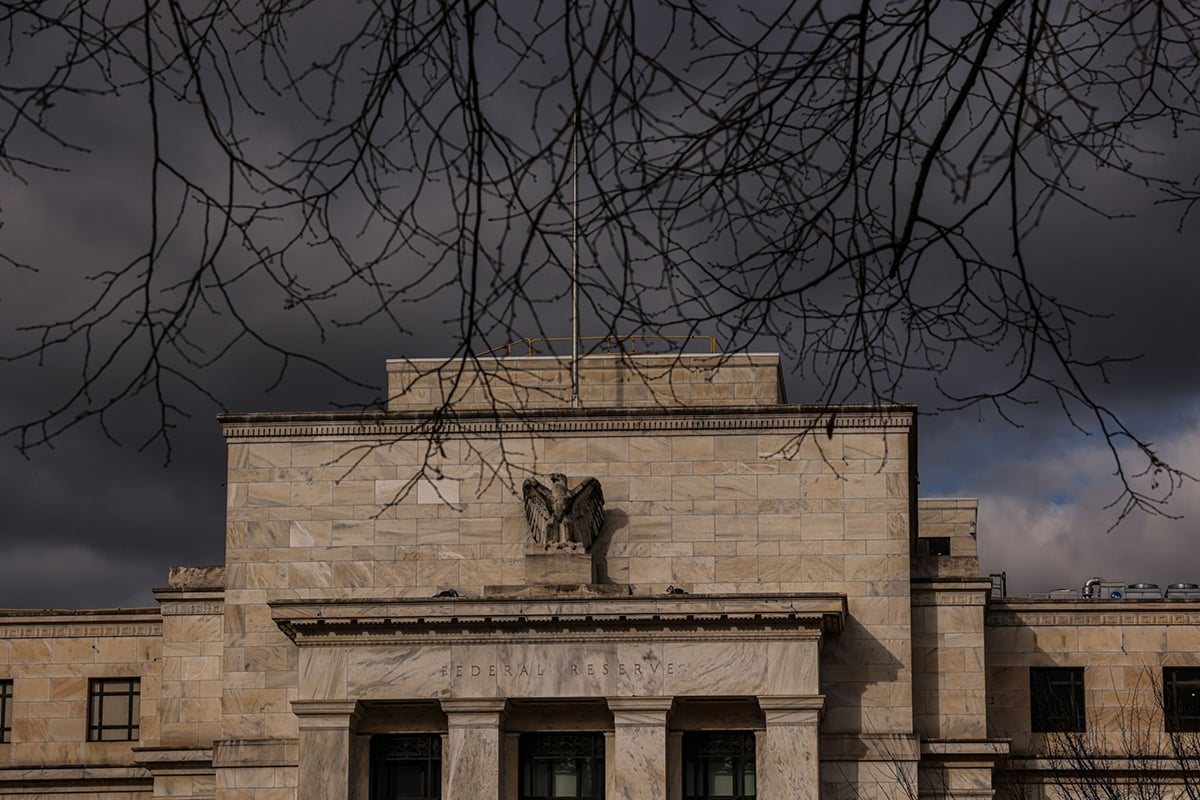Pamela Huggins, vice president and treasurer at $7 billion diversified manufacturer Parker Hannifin Corp., recalls how it wasn't until early last year that the company was convinced the recession of 2001 was really over. New orders for the Cleveland-based producer of everything from aerospace equipment to refrigeration devices were mostly flat until early 2004, some 18 months after the official end of the recession. Then, business took off like a rocket. "We really had a tremendous ramp-up," says Huggins, with year-over-year order spikes between 20% and 30% across many divisions, and similar growth into this year. At the same time, an earlier overhaul of Parker's procurement and manufacturing methods toward leaner, lower inventory approaches chopped operational costs, pushing profit margins to near record levels. The newfound efficiency also allowed Parker Hannifin to cut its capital spending as a percent of sales dramatically, from 5.1% in 1998 to about 1.9% this year. The result: record cash flow.
It's been a long time coming, but from earnings to margins to investment spending, the U.S. business sector is having its best run since the stock market meltdown that began in 2000. The performance has exceeded all but the most optimistic forecasts. A July survey by Standard & Poor's Corp. found a record $634 billion of cash and equivalents on hand at the 376 industrial companies in the S&P 500. Even more significant, the ratio of cash to market capitalization for the group stands at 7.7%, the highest since 1988. Profit margins are back near their recent historical peaks of the late 1990s and the surge in earnings has brought with it a sharp rebound in business investment spending, which climbed 10.6% in 2004, its best rise since 1998. But as with every great party, things eventually have to wind down, and that is where the outlook is heading. Steady rises in labor and energy costs are already causing economists to ratchet down their earnings expectations for the remainder of this year and into 2006. Even at bullish Parker Hannifin, there has been a noticeable cooling off from the heady pace of orders over the last twelve months. "We're continuing to see an increase in orders … but we're seeing a moderation in the growth, toward more normalized growth going forward," says Huggins.
Not everyone agrees on the timing, but all agree that the recent fall in productivity numbers from 4%-plus toward more historical norms at or below 2% means the current pace of profit growth must eventually slow. Although economists generally expect corporate profits to remain robust into 2006, some slowing of the growth rate is widely expected. Howard Silverblatt, equity market analyst at Standard & Poor's, expects the string of 12 consecutive quarters of double-digit operating earnings rises for the S&P 500 to come to an end during the currently reported (second) quarter, but still rise at a healthy 8% pace. "If you've got labor costs going from zero to 4%, then profits have to fall," says Ian Shepherdson, chief U.S. economist at High Frequency Economics. "The double-digit trend in earnings and capital spending will be coming to an end."
Complete your profile to continue reading and get FREE access to Treasury & Risk, part of your ALM digital membership.
Your access to unlimited Treasury & Risk content isn’t changing.
Once you are an ALM digital member, you’ll receive:
- Critical Treasury & Risk information including in-depth analysis of treasury and finance best practices, case studies with corporate innovators, informative newsletters, educational webcasts and videos, and resources from industry leaders.
- Exclusive discounts on ALM and Treasury & Risk events.
- Access to other award-winning ALM websites including PropertyCasualty360.com and Law.com.
*May exclude premium content
Already have an account? Sign In
© 2024 ALM Global, LLC, All Rights Reserved. Request academic re-use from www.copyright.com. All other uses, submit a request to [email protected]. For more information visit Asset & Logo Licensing.







